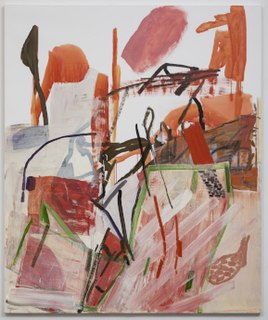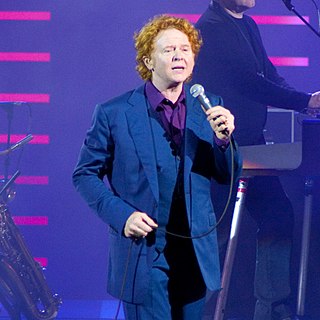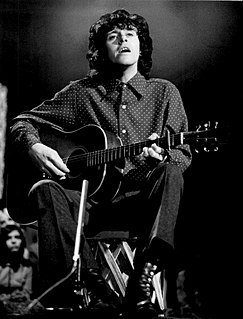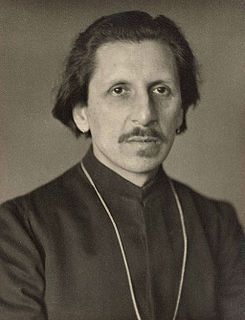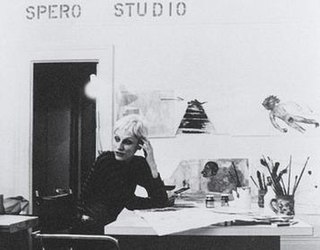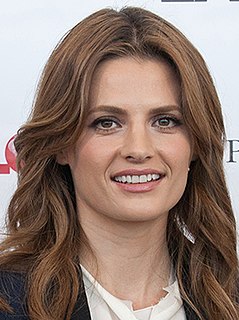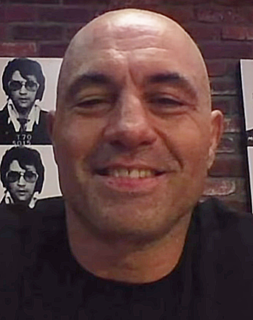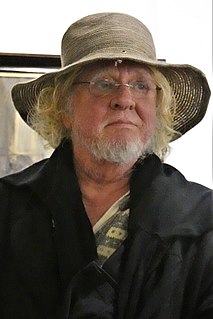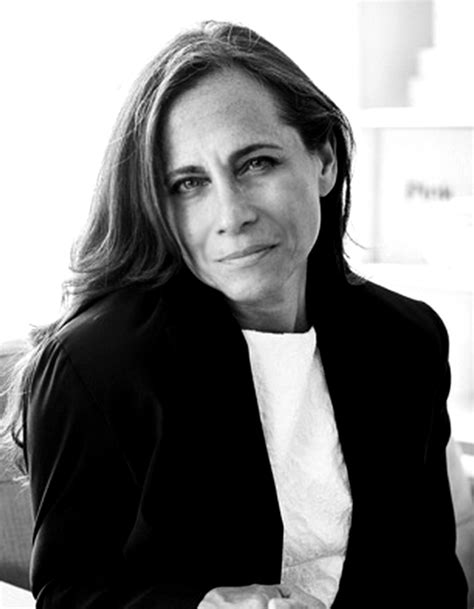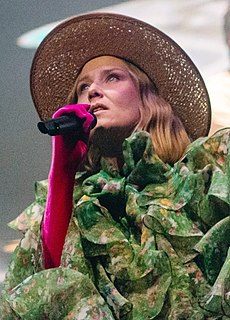A Quote by Amy Sillman
Who would be an artist that was perfectly happy? Maybe nowadays, but when I grew up in the '60s, you had nobody in the art club who was popular. No cheerleaders in the art club. I was told that I couldn't be a painter by my first painting teacher. I said I wanted to go to Cooper and be an art student, and he said, "You'll be a waitress." It was really the strangely indifferent parenting.
Related Quotes
At art school, a teacher said: 'The best paintings are when you get lost in a piece of work and start painting in a stream of consciousness.' I wanted to do music, not art, so started writing lyrics that way. The first song I wrote was called 'Ice Cream and Wafers.' The next was 'Holding Back the Years.'
Fine art, that exists for itself alone, is art in a final state of impotence. If nobody, including the artist, acknowledges art as a means of knowing the world, then art is relegated to a kind of rumpus room of the mind and the irresponsibility of the artist and the irrelevance of art to actual living becomes part and parcel of the practice of art.
Art is frightening. Art isn't pretty. Art isn't painting. Art isn't something you hang on the wall. Art is what we do when we're truly alive. An artist is someone who uses bravery, insight, creativity, and boldness to challenge the status quo. And an artist takes it (all of it, the work, the process, the feedback from those we seek to connect with) personally.
I guess maybe my art can be said to be a protest. I see things a certain way, and as an artist I’m privileged in that arena to protest or say publicly what I’m thinking about. Maybe the strongest work I’ve done is because it was done with indignation. Considering myself as a feminist, I don’t want my work to be a reaction to what male art might be or what art with a capital A would be. I just want it to be art. In a convoluted way, I am protesting- protesting the usual way art is looked at, being shoved into a period or category.
When I was 16, I was in Boston and some friends said, 'You want to go to New York?,' I went with my roommate... These guys said, 'We're going to this club. Just don't go in the washroom.' It was CBGB. I had no idea what it was or the history of all the music. All I knew was this was my first 21-and-over club and I managed to get in!
What makes art Christian art? Is it simply Christian artists painting biblical subjects like Jeremiah? Or, by attaching a halo, does that suddenly make something Christian art? Must the artist’s subject be religious to be Christian? I don’t think so. There is a certain sense in which art is its own justification. If art is good art, if it is true art, if it is beautiful art, then it is bearing witness to the Author of the good, the true, and the beautiful
Comedy is a funny thing, and it's really not like any other art form in that it's very specialized and varied in it's content, but generic in it's title. You would never go to a club just to see "Live music," you would go to a jazz club to see jazz, a blues club to see blues, etc. But when you go to see "standup comedy," if you don't know the performers material, you really don't have any idea what you're gonna get.
For me becoming a painter was an Everest, in terms of what I thought a painter was. There are many roads to becoming an artist. For me it wasn't art school. I didn't have that go to art school and then get a gallery. It's more like, how deep is your inner library to cull from. It's certainly not about technical prowess, just about depth of investigation. It takes time. I had 15 years of painting under my belt before my first New York show. I was glad to have that. It's a good thing to spend your twenties getting your craft.
Contemporary art is based on that an artist is supposed to go into art history in the same way as an art historian. When the artist produces something he or she relates to it with the eye of an art historian/critic. I have the feeling that when I am working it is more like working with soap opera or glamour. It is emotional and not art criticism or history of art.
